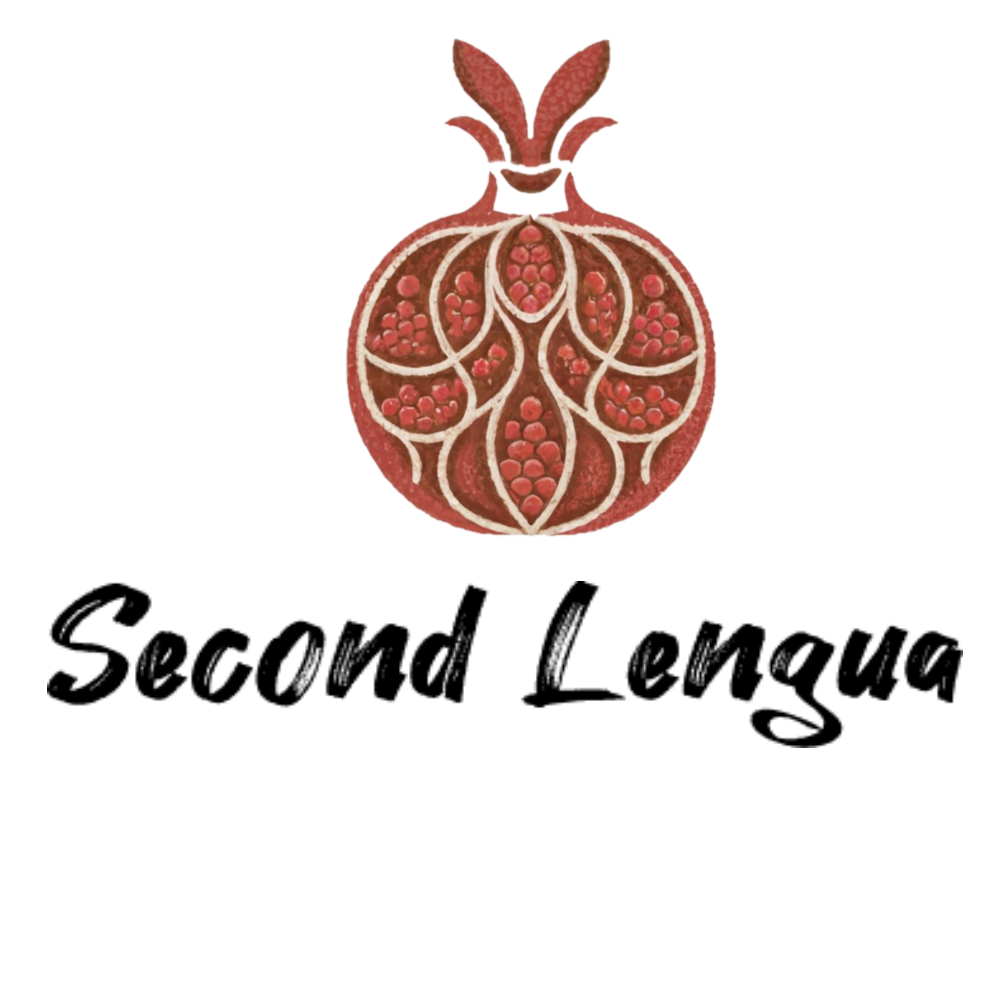Córdoba
The Seat of Umayyad Power, The New Damascus
The Andalusian city of Córdoba is a popular tourist destination for those seeking to learn about the convivencia, and rightly so. It started as the capital first of the Umayyad emirate and then later the Umayyad caliphate, which, together, form a 250+ year period of relative political stability in the land that the Muslims called al-Andalus. This era of Umayyad dominance at the end of the first millennium, from 756-1031 CE (counting by Christian temporal standards—the Islamic calendar would date this period as 134-409H), saw incredible cultural flourishing. The Muslims who settled in Spain brought with them agricultural innovations, a rise in sanitation standards due to infrastructure projects that brought running water to various cities, and a thriving economic renewal that came about as the result of the reestablishment and expansion of many of the trade routes that had fallen into disuse following the collapse of the Roman Empire.
This period of flourishing was ushered in by Abd al-Rahman I, who fled to this outpost far at the western end of the Muslim empire in 755, having escaped the slaughter of his family in Damascus by the Abbasids in 750 CE. The Muslim empire at this time stretched from Iberia in the west to northwestern India in the east, and the newly ascended Abbasids were not terribly concerned with one measly left-over Umayyad in this far-flung backwater of their world, particularly after they moved their capital east from Damascus to Baghdad. Abd al-Rahmann I, for his part, paid lip service to the caliphate in Baghdad while ruling all but independently in Córdoba, which he sought to remake in the image of his lost home in Damascus. Besides bringing about the political stability that allowed for increased trade and agricultural and technical innovations, Abd al-Rahmann I oversaw a major construction project that paid homage to his lost home in Damascus: the Great Mosque of Córdoba.
Aerial view of the Mezquita de CórdobaKnown in Spain today as the Mezquita-Catedral de Córdoba (the Mosque-Cathedral of Córdoba, as it was converted into a cathedral following the reconquista), the Great Mosque of Córdoba is one of the most enduring architectural marks of Muslim presence in the peninsula. The story of the construction of the mosque tells like that of the first great mosque that Abd al-Rahmann I’s Umayyad predecessors built in Damascus, when they first moved up to the Syrian city from the deserts of Arabia and made it their caliphal seat. They built the Great Mosque of Damascus on the site of an ancient church that they purchased from their Christian subjects, and Abd al-Rahmann I’s mosque in Córdoba continued that tradition of repurposing a holy site, building the Great Mosque of Córdoba on the site of the Church of San Vicente, which itself was built on the ruins of a Roman temple. Although the mosque was begun by Abd al-Rahmann I, it was continually enlarged and modified by his successors. One of its most curious features is that its qibla—its orientation which points all Muslims toward Mecca—does not point southeast toward Mecca, but is closer to pointing directly south, the direction of Mecca if the mosque in Córdoba were located in Damascus instead.
The iconic red and white double arches inside the mezquitaThe building materials and architectural style are also reminiscent of the Umayyad mosque in Damascus, with the builders using an assemblage of Roman and Visigoth pieces, recycled and reused columns and capitals, and new pieces that were made to match the old. The distinctive horse-shoe shaped arches, often associated primarily with Muslim architecture in al-Andalus, are actually a pre-Muslim, Roman mark that was left on the peninsula, and which was also present in the Christian and Jewish architecture in Damascus when the Umayyads arrived there in the early 8th century. The alternating white and red voussiors, the trapezoidal shaped stones or bricks used to construct the arches, used in the mosque in Córdoba, were a nod toward the late Roman use of dark and light marble to construct these arches, which the Umayyads would have first encountered in Damascus. Abd al-Rahmann I carried the memory of these arches with him when he fled to al-Andalus and their use in the arches of the mosque in Córdoba is an homage to the memory of his home in Damascus. These arches were also used in Visigoth churches, though, built prior to the Muslim invasion, such as that of San Miguel de Baños, and they continued to be used by Mozarabic Christians who moved to the northern kingdoms after their homeland was overtaken by Muslims in the early 8th century. The history of this architectural feature, therefore, is far from a simple line that can be neatly summarized as “A influenced B.” The real story of the horse-shoe shaped arch is more like “A encountered B, B was carried by C to place D which already had a slightly different form of B and together they merged their slight differences to create E which was then carried by F to place H.” The convivencia does not produce straight lines or neat narratives.
Interested in learning even more about the Mesquita-Catedral de Córdoba? Check out their website! It has a great animation of the site in its various stages of construction!
Sources consulted for this piece:
A Concise History of Spain, William D. Phillips Jr., Carla Rahn Phillips


